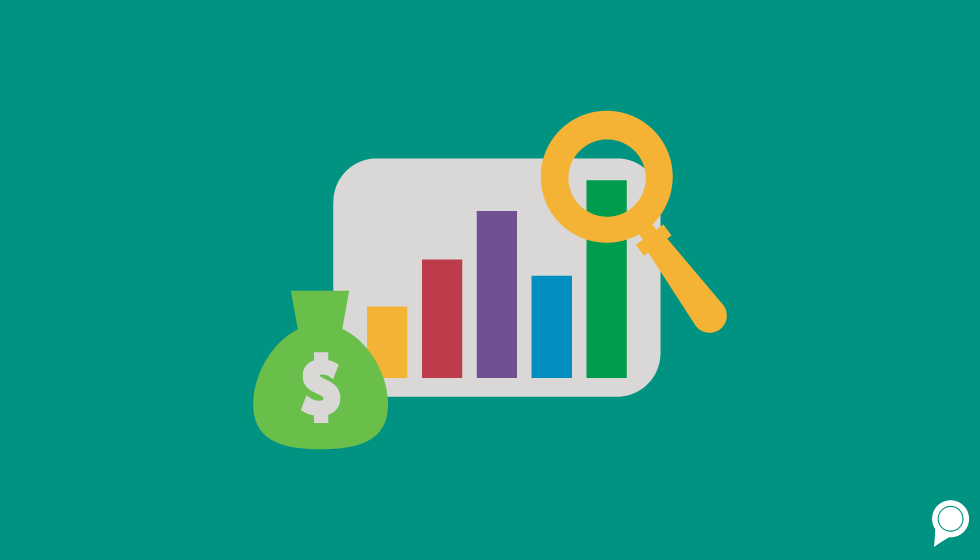

Tracking online and offline conversions is critical for the success of your business. However, one study found that only 44% of small businesses track the success of their digital marketing efforts. If you’re investing your business’s money in digital marketing, but you don’t know which channels are driving the most sales and leads, and where there might be bottlenecks, it’s time to rethink your strategy and learn how to track both online and offline conversions!
In this blog, we’re focusing on tracking offline conversions. To learn more about tracking online conversions, check out this blog!
Offline conversions are unique to brick-and-mortar businesses and hybrid online and storefront businesses. Offline conversions are conversions that take place within a physical store and are initiated by either online advertisements or traditional marketing efforts. Some examples of offline conversions are making a purchase at a physical store, supplying contact information to a store associate, stopping in for a quote or any other action taken by the consumer that’s valuable to your business.
Tracking these conversions involves more than tallying up your sales for the day or seeing how many new emails you collected. Truly valuable tracking involves understanding what drove the consumer to complete the conversion action in the first place. Did they see an online ad and drive to the store? Did they hear about your business from a friend? Do they live near your storefront and decide to stop in?
Knowing what is driving consumers down the sales funnel and convincing them to convert is key for knowing how to allocate your marketing dollars and rectify any bottlenecks or drop-off points.
If you’ve never tracked offline conversions before, manually tracking is a great place to start. However, technology is always advancing, so be on the lookout for new tracking tools!
Here are a few ideas to help you get started tracking offline conversions:
The key here is to get specific information. Don’t settle for a simple “online” response. Online could mean your website, a paid ad, or a social media post. Phrasing the question specifically or handing out a card with options to fill out can help you get the detailed info you need.
Find out if they found you through a search engine (and if so, which one), through social media (find out which platform), Yelp, a local directory, billboard, advertisement, etc. If they found you online, ask for the exact website or app they used and how they got to that website.
Keep track of how customers are finding you so you can calculate the ROI of your marketing efforts. Keep a spreadsheet with the following information in order to track how much of your profit has come from your digital marketing efforts and how much has come from traditional marketing:
Don't forget to make your employees aware of your tracking methods so they know what questions to ask and what information is valuable.
After you’ve been manually tracking for a few months, add up the profit you’ve made from each channel.
If you’ve been paying for billboard or phone book advertising, but not a single customer found you that way, it's time to re-evaluate your advertising budget.
However, if half of your customers found you through social media or a Google search, maybe you should start spending more of your marketing and advertising dollars on those channels.
Once you’ve cut out what isn’t working, it’s time to figure out your most profitable marketing source.
What’s the most common way customers are finding you? Calculate based on your spreadsheet:
Chances are, most of your target audience is using the same channels to find you. Once you know where your customers are finding you, optimize those channels.
If customers find you on Yelp, make sure your Yelp page is completely up-to-date with correct NAP, business hours, new photos, menus, etc. If they find you in Google searches, figure out what your local search ranking is. If you’re not first, work to improve that. If you are first, see what you can do better, so that you stay ahead of the competition.
If you find that certain digital platforms aren't profitable, but you want your business to be found there, use paid advertising to supplement your marketing efforts.
For example, if you want to be found on Facebook but no one is finding you organically, use Facebook ads to drive brand awareness and traffic to your website or landing pages.
If you run Google or Facebook ads, those platforms assist in tracking offline conversions. They also offer integrations for systems like Salesforce, Zapier, HubSpot and other CMSs so that your customer data is consistent across all platforms.
Typically, the ad platform assigns an online user with a unique identifier code. The platform is able to track that code from when the user took an action online related to your business and when they made a purchase and became a customer. You’ll be able to see when and where the purchase or other offline conversion occurred and get excellent insight into that user’s customer journey.
With services, such as Uber and Yext collaborating to drive foot traffic to stores and beacon technology, tracking offline conversions will be easier in the future.
For now, start tracking offline conversions manually and with paid ads! The information you collect will allow you to optimize your digital strategy and build a better online presence so your business can be found by more local customers.
RevLocal handles digital marketing for small businesses and franchisee brands. To learn more about how we can help your business, contact us today for a free consultation!
Subscribe to our email list to get the latest digital marketing content delivered to your inbox each week!